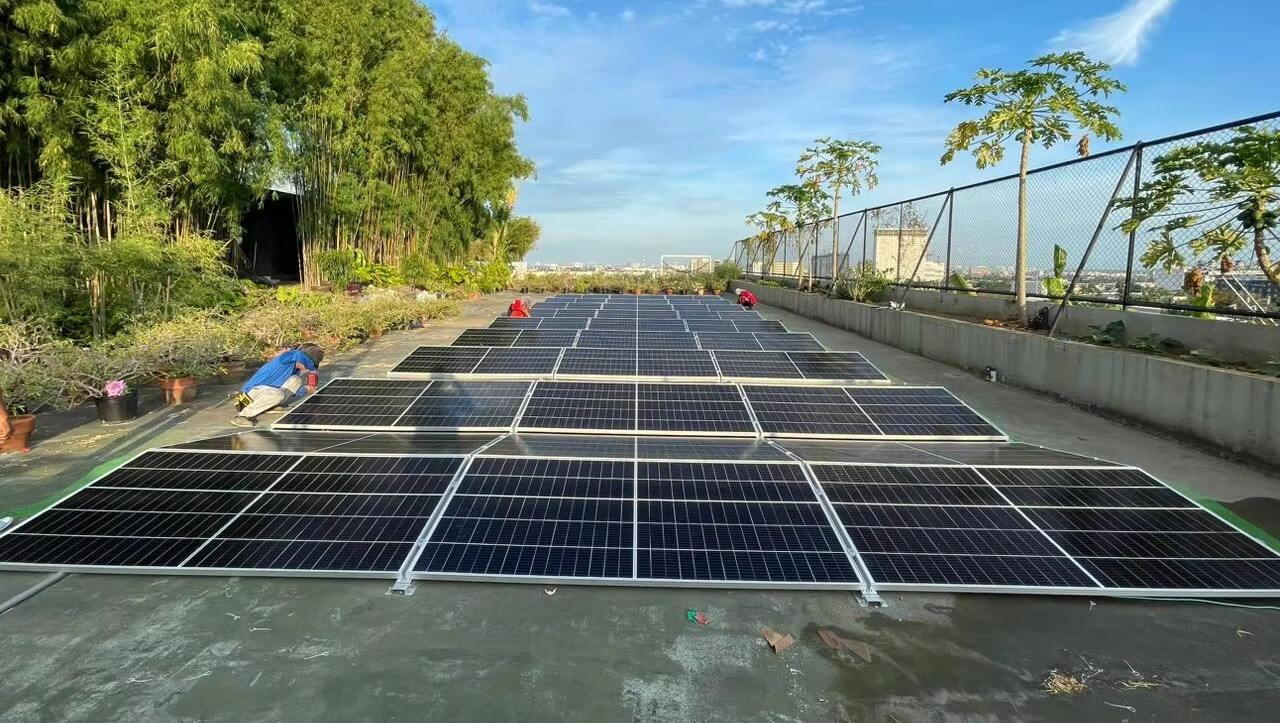קונקטורים לרל שמש הם רכיבים מיוחדים שנועדו לחבר קטעים של רל שמש, ו יוצרים רל ארוכים ויציבים לצורך התקנת פנלים סולריים. הקונקטורים חשובים במיוחד במערכות סולריות גדולות שבהן אורך רל סטנדרטי (3–6 מטרים) אינו מספק, ומבטיחים שהמערכת המבנית של הרל תישאר שלמה ותוכל להפיץ עומסים באופן שווה. הקונקטורים מיוצרים מسبائك אלומיניום מדרגה גבוהה (6061-T6) או מפליז נержשת (316), התואמים את חומרת הרל שאותו הם מחברים, ומבטיחים תאימות ועמידות אחידה בפני קורוזיה. קונקטורים מאלומיניום מוקרנים לרוב, בעוד קונקטורים מפליז מצופים בزنק, שניהם עמידים באלמנטים החיצוניים כמו גשם, קרינת UV ומעגלי טמפרטורה. עיצוב הקונקטורים משתנה בהתאם לפרופיל הרל (T-slot, C-channel או צינור מרובע), אך לרוב כוללים גומיה שמכנסים לקצוות שני קטעי רל, עם ברגים או סיבוכים שמחזקים את החיבור. דגמים מסוימים מצוידים במנגנונים עם קפיץ או נעילה סיבתית להרכבה ללא כלים, מה שמפחית את זמן ההתקנה. תכונות מרכזיות כוללות עיבוד מדויק שמבטיח התאמה צמודה (ומniejs תנועה של הרל), מנחי יושר שמחזיקים את הרל ישר, ויכולת נשיאת עומס התואמת את הרל (עד 5 קילו ניוטון למטר רבוע בעומס סטטי). ההתקנה כוללת הכנסת הקונקטור לתוך קצה אחד של הרל, החלקת קטע הרל הנגדי על הקונקטור, וחיזוק החיבורים לפי מומנט הסיבוב שצוין על ידי היצרן (לרוב 8–12 ניוטון למטר). קונקטורי רל סולריים עומדים בתקנים בינלאומיים כמו IEC 62715 ו-UL 2703, ומבטיחים שהרל המחוברים עומדים בדרישות העומס של רוח ושלג. בין אם מדובר במערכות על גג ביתי, התקנות קרקעיות מסחריות או חוות סולריות בקנה מידה גדול, הקונקטורים הללו הם חיוניים ליצירת מערכות רל חלקות ועמידות שנותנות תמיכה אמינה לפנלים סולריים לאורך עשרות שנים.
